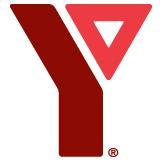Newcomer Youth Employment Toolkit - Module 1 Workshop -

"The first step towards getting somewhere is to decide you're not going to stay where you are.”
-J.P.Morgan


"The first step towards getting somewhere is to decide you're not going to stay where you are.”
-J.P.Morgan
To provide you with the information you need to set yourself up for success when applying for jobs with an effective resume, cover letter, and candidate profile.
What we are going to go over:
● Preparing Your Resume
● Writing a Cover Letter
● Personal and Professional References

● Social Media Profiles
● Opening a Bank Account
Everyone has 30 seconds to tell us:

● Your name
● What grade you are in
Then answer one of the following questions:
1. What is your favourite thing to do for fun?
2. What is your favourite animal and why?
3. If you had to eat only one food for the rest of your life what would it be?
4. What is your career dream?


Cole Harbour, Nova Scotia • (902) 456 - 7891
agardner@email.com
Summary
An exceptionally organized and friendly dental assistant with 3+ years of successful experience working with dental offices and clients.
A resume is a summary of your work objectives, skills, education, training, and work history.
It's important because:
Professional History
Smith Family Dentistry, Dental Assistant
July 2017 Present

Clean and prepare treatment rooms
Prepare patient to be seen by for dental treatment
Answer common patient questions about dental procedures, treatments, and issues
● In Canada, applying for a job starts by sharing your resume in-person or online
● Your resume will be the employer's first impression of you
● It gives you the chance to highlight your abilities, experiences, and accomplishments
● Employers look at your resume to decide whether or not they should interview you
● You can review your resume to prepare for job interviews
E&H Dental, Office Assistant
August 2015 July 2017
Organized client schedules
Recover patients upon arrival
Handled client billing and paperwork
By end of work experience, look on key dental assistant roles
Educational History
Little Road Junior College
August 2012 June 2014
Certified Dental Assistant Program
Skills
Dental assistant skills include: DANB certification • X-ray certification •
Denture impressions • Calming personality and demeanor • Hygienic •
Minor oral surgery experience

When preparing your resume remember:
● Keep it simple and easy to read
● Keep the same formatting throughout
● It is ok not to have a lot of years of work experience
● You probably have more skills to add to it than you think!
State a summary of your experience, highlighting your skills:
● Mention your positive qualities and make sure to match the job requirements
● Review the job description to identify skills that you have
● Keep your resume relevant to the job you are applying for
● When you list a skill, be prepared to give an example of using that skill
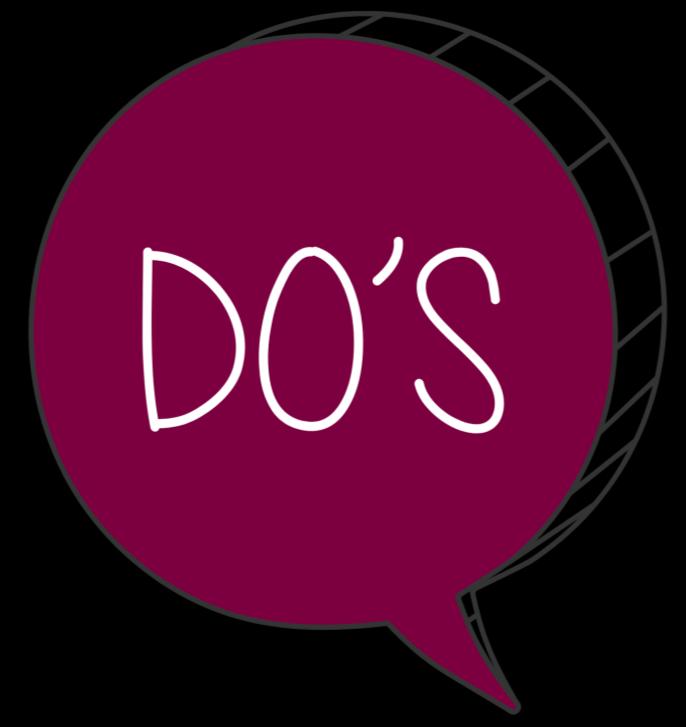
✔ Keep it clear and simple - An employer takes an average of 30 seconds to skim a resume. You want them to see right away that you are qualified for the position.
✔ Review your resume numerous times – Make sure there are no typos. Have someone else read it over as well. A simple spelling mistake on a resume can give a negative impression to the employer.
✔ Limit your resume to two pages - Place the emphasis of your resume on your most recent experience.
✔ Tailor your resume to suit the position you are applying for - Specify work experience or achievements that are related to the position you are applying to.
✔ Use action words - Action words are verbs that demonstrate doing (accomplished, handled, improved, organized, spoke, won etc.).
✔ Highlight what you have accomplished - You want to be able to identify the best examples of where you demonstrated your skills.
✔ Be honest - Lying on your resume is never a good idea.
✔ Quantify your achievements - If possible, use firm numbers that the employer will understand and be impressed by (I have completed 2 certifications in first aid skills).
✔ Include volunteering experiences
✔ Double check and include your contact information -This information should be placed at the top of the first page. Also, make sure this information is accurate, otherwise the employer won't be able to contact you.

● Don't use an inappropriate email address - Make sure your email is easy to read, easy to type, professional, and non-offensive.
● Don't include unnecessary personal information - It is best to leave out any personal details such as age, weight, height, marital status, religious preference, etc. Never include your Social Insurance Number (SIN). You share the SIN after you get the job.
● Don't include a picture of yourself - Although in some countries it may be acceptable to include a photo, it is not the norm in Canada.
● Don't use too many bullets - Make your resume easy to read by limiting each resume section or sub section to 5-7 bullet points.

● Don't use personal pronouns - Do not use "I," "my," or "me". Write your resume in the third person, as if it's being written by someone else.
● Don't make general statements – Stay away from vague statements that don't highlight your contribution.

● Don't include reasons for leaving previous jobs.
● Include references separately – Provide them when the employer asks you for them.
● You do not need to add your interests and hobbies, but skills are important.
1. Reverse chronological: Most recent to least recent experiences

Example: Professional Experiences
July 2021 - Present
June 2018 – July 2021
2. Strategic functional: Focus on skills, strengths, and accomplishments

Example:
Highlighted Skills and Key Offerings
Areas of Expertise
Professional Experiences
3. Balanced hybrid: A mix of functional and reverse chronological.

Highlighting skills and experiences
Example:
Qualifications Summary Skills
Professional Experiences
Using a resume template is an easy way to have a finished format but remember to always adapt the template to each job position.
What are some options for resume templates?
○ Microsoft Word
○ Canva
○ Indeed.ca lets you build a resume on the website
○ Job Bank Government of Canada
○ Newcomer Jobs Canada
If you don’t use a template use Bolding, Italics, and underlining to organize your information.

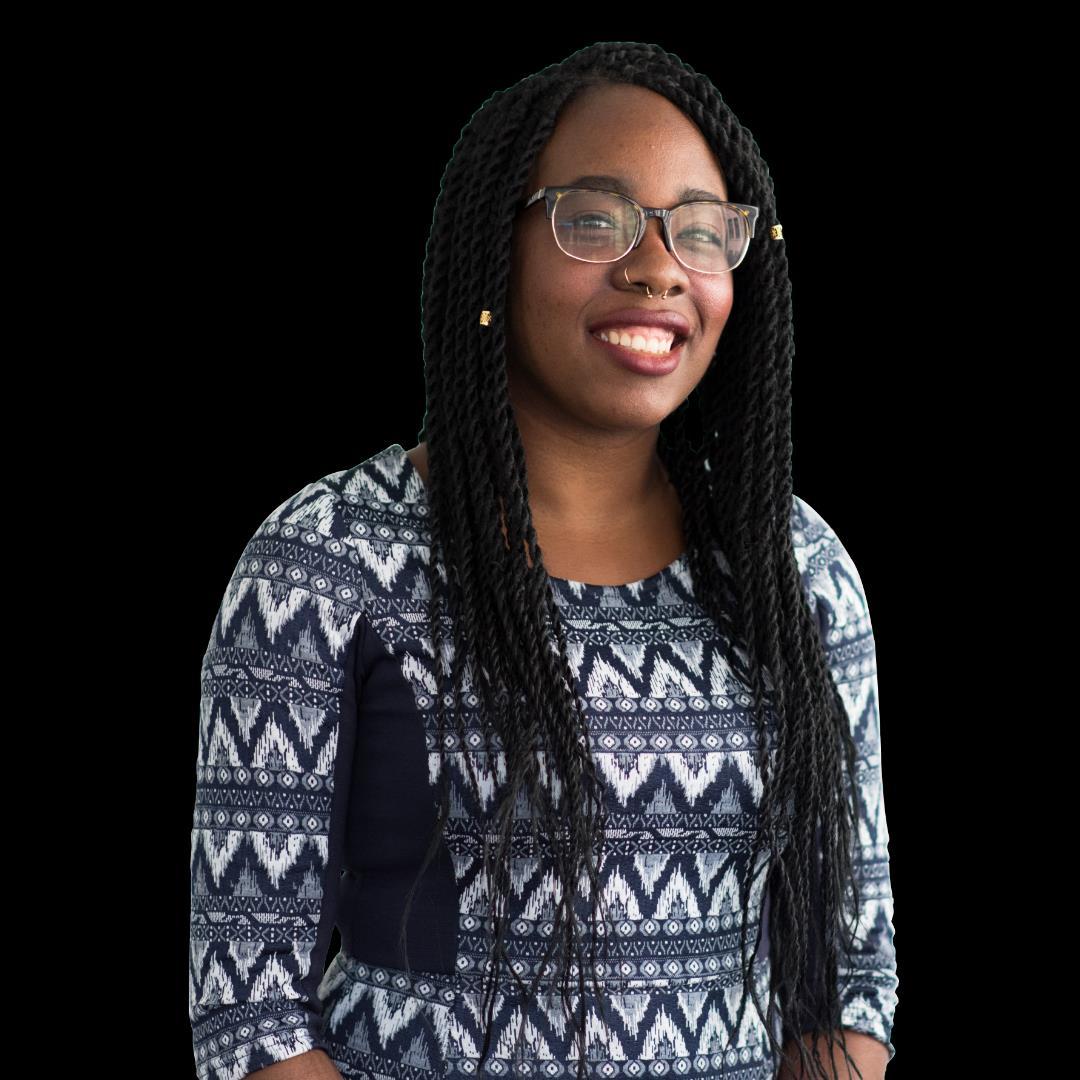


Information to include:
● Phone number – Remember to always provide the best phone number to reach you personally if an employer calls you (Canadian number is preferred)
● Name ● Email ● City/Province (optional)
Always goes at the very top of your resume
If you don’t have an email address, you can create one for free through Google or Microsoft like Gmail or Outlook.
Things to remember:
● Keep it professional for example navisingh@gmail.com
● Only include an email address when you have consistent access
● Check your emails frequently when applying for jobs
● Check your junk folder as well

Consider the phone number that you are sharing because employers may use this number to contact you
Things to remember:
● When possible, set up your voicemail and delete unnecessary messages to avoid your inbox getting full
● Use the best phone number to reach you, personally
● If you do not have a voicemail or this is a shared phone, include the best time to reach you in your cover letter








Skill - The ability to do something well

Technical/Hard skills
Social Media Management

Project Management

Data Analysis

Soft skills
Communication
Problem-solving
Creativity
How to get skills
School
Extracurricular Activities
Volunteer
Ask yourself:
What do I like to do? What are my hobbies and interests? Which skills do I need to accomplish these?
Example: I like to build Legos which takes attention to detail and patience.
Ask yourself:
Have I helped my family, friends, neighbours, or community in any way? Which skills did I learn or improve on?
Example: I do chores at home which has helped me develop responsibility. I also had to learn to manage my time so I could do my chores, homework, and social activities.

Are these skills?
○ Taking out the garbage
○ Walking to school

○ Packing your lunch
Quick exercise
If packing your lunch is the task/responsibility.
What skills do you need to be an expert lunch packer?
● Hard skills - technical abilities related to a specific task or situation

○ Using a cash register
○ Computer skills
○ Languages you speak
○ Technical knowledge
● Soft skills - not technical and can be applied to any job
○ Time management
○ Collaborating with a team
○ Communication
○ Prioritization
○ Conflict management
Exercise 2:
Thinking about your life and school experiences, what is one experience or situation that felt successful?
● Thinking about that experience, what tasks or responsibilities were involved?
● What skills or traits did you use or demonstrate while in this situation?
● What skills or traits in this situation do you think could be used in a place of work?
Trait: a trait is a quality or defining characteristic. For example: patient, hardworking.
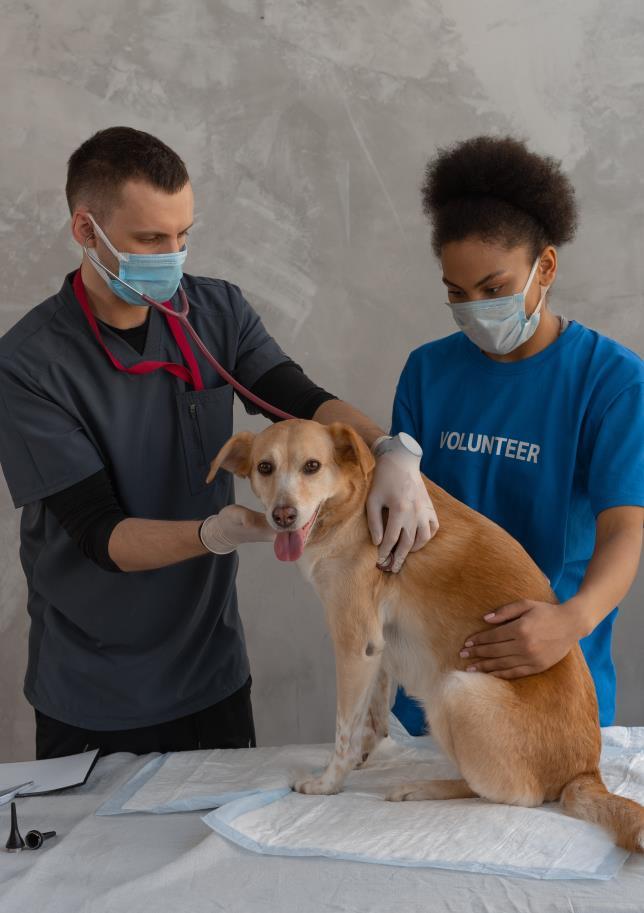
Different types of experience can be gained through:

Working
• Previous jobs (official: cashier; unofficial: dogsitter)

• Entrepreneurial (did you ever have a successful lemonade stand?)
Volunteering
• One-time event (helped in a Marathon)
• Regular volunteering (worked at the food bank)

Recreational Activities
• Membership of clubs or sports teams (swimming club)
• Independent activities (photography)
Different types of experience can be gained through:



School
• Instructor (after school program)
• Teamwork (science fair)
Summer Job
• Summer job (camp leader)
• Exchange programs (YMCA Exchange Program)
Household Chores
• Cleaning your room and other areas
• Looking after your relatives
• Cooking
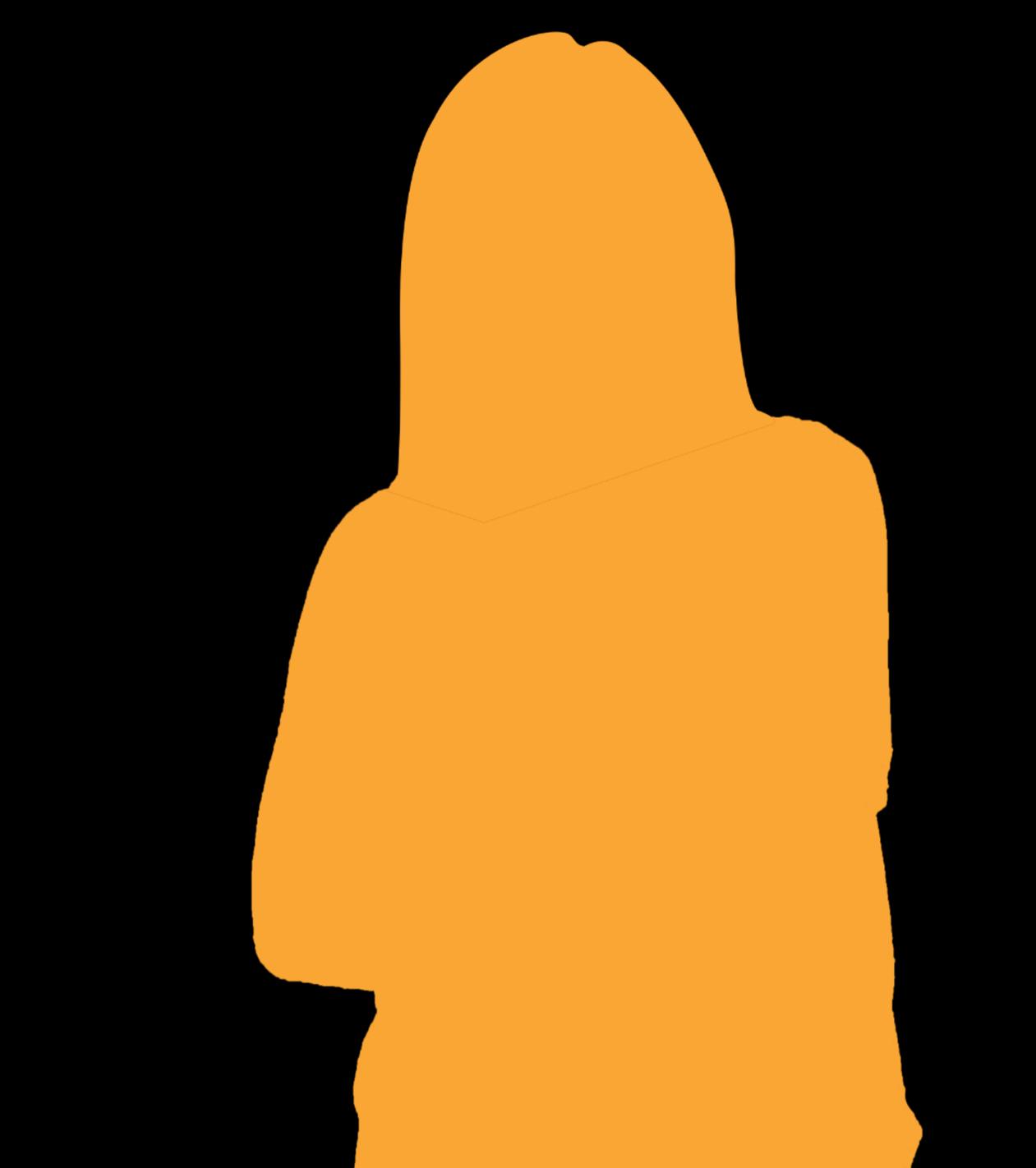
What to include on your resume:
● School name
● City and Country
● Current enrolment or graduation date
● Special recognition (if applicable)
Please note, if you are an undergraduate student or you already finished university, it is not necessary to list your high school education on your resume. However, if you are still in high school it is important to include on your resume.

What not to include:
● Listing all of your classes
● Extracurriculars (those are in your experience)

A cover letter is a short letter (no more than one page) that accompanies your resume when applying for a job.
Your cover letter is an opportunity to show your potential to an employer. You can customize your letter to the job you're applying for, talk about why you want to work there, and why you would be a great addition to their team.
Things to keep in mind when writing a cover letter:
• Keep the cover letter concise and limited to one page
• Tailor your cover letter to suit each job application - you can do this by reading the job posting or advertisement
• Make connections between your experiences and the job you are applying for
• Check for grammar, punctuation, and spelling, especially since it serves as a reflection of your written communication skills
• Use a standard font size (12 point font in a style such as Times New Roman, Arial, or Calibri) - avoid the use of special effects (bold/underline/italics, different fonts, and colour)
• Use the same formatting as your resume
• Explain any gaps in your resume or provide any additional information that your resume can’t provide
• Include keywords/action verbs from the job description
Looking at your cover letter template in your workbook you will see information including:
Date
Address of the business/organization (if available)
Name of who the letter is intended for (example: Dear Manager or To whom it may concern)

A couple of clear paragraphs that include:
○ The job you are applying for and what interests you about the job
○ What you are looking to gain by working there
○ Specific skills/experience you can contribute to the job
○ What makes you the best candidate for the position
○ Why you want to work for that specific company
○ Any additional information (how to reach you)
TIP: Include specific skills/experience they are looking for in your cover letter. Read the job duties and qualifications to find what they are looking for in an employee.




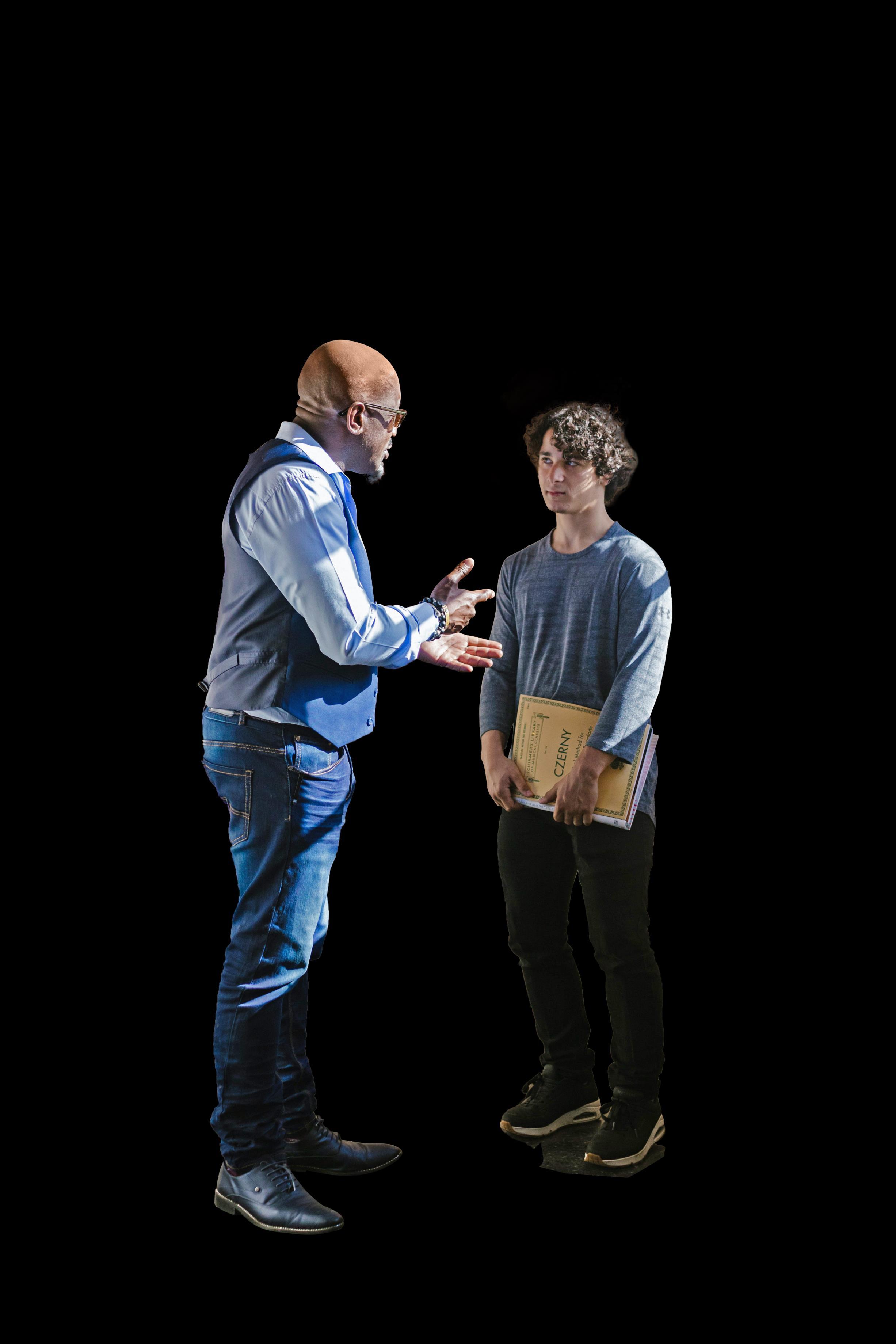

Employers or hiring managers will usually ask for your references during or after an interview. When they ask for your references, it means they are considering hiring you. If your reference check goes well, you could potentially be offered a job! Choosing who to list as your references is an important step in your employment journey.
Your references should be provided in the same format as your resume, but on a separate page.
Hiring managers are looking to speak with people who know your skills and character. This gives them an opportunity to verify information you have given them during your application and interview process.

Since this is usually the final stage of the hiring process, the hiring manager will want to:
• Confirm your work history
• Find out if your reference would recommend you for the job
• Hear another perspective on your strengths and areas for growth
• Complete this final step to confirm their hiring choices
Professional References:
● Previous Manager
● Coworker
● Business Owner
● Volunteer Organization
Personal References:
● Teacher/Principal
● Coach
● Service Provider
Note: If you only have references abroad and you decide to provide them, make sure your references are able to validate the information with the employer in English or French.

When asking someone to be a reference for you:
● Let them know you are looking for work
● Ask them if they would be willing to provide a positive reference for you
● Ask if they would prefer to write a letter of reference or provide contact information to receive a phone call or email reference check
● Provide additional information and experience you have acquired when you ask your reference to support you; if requested, send them your updated resume and details about the job
● Tell them what the employer is looking for and provide them with any specific information you would like them to share
● Follow-up and thank them once a reference has been provided Workbook: There is a space in your workbook to collect the information you need from references
Reference name
Once you have contact information
• Create a Word document and list your references' information
Reference company Reference phone number
• When references are requested from an employer provide them with the Word document
• Let your references know when someone may be contacting them
• If you have letters of reference you can:
o Keep them with your list of reference information and submit them together when requested
o Include a letter of reference with your resume when you apply for a job contact information on your resume.
Linda Martinez
Director of Sales, Canada
ABC Company
1234 Main St
Windsor, Nova Scotia 902-555-6789
l.martinez@abccompany.com
Reference position
Reference address
Reference email address
Reference description
Linda was my direct manager while I worked as a regional sales manager for the ABC Company from 2013 to 2017.
Joseph Smith
Professor, Dalhousie School of Business
Dalhousie University
2110 Speedway
Halifax, Nova Scotia
902-555-1234
joseph.z.smith@email.edu
Joseph was my professor through numerous course I completed to earn my Masters of Business Administration.
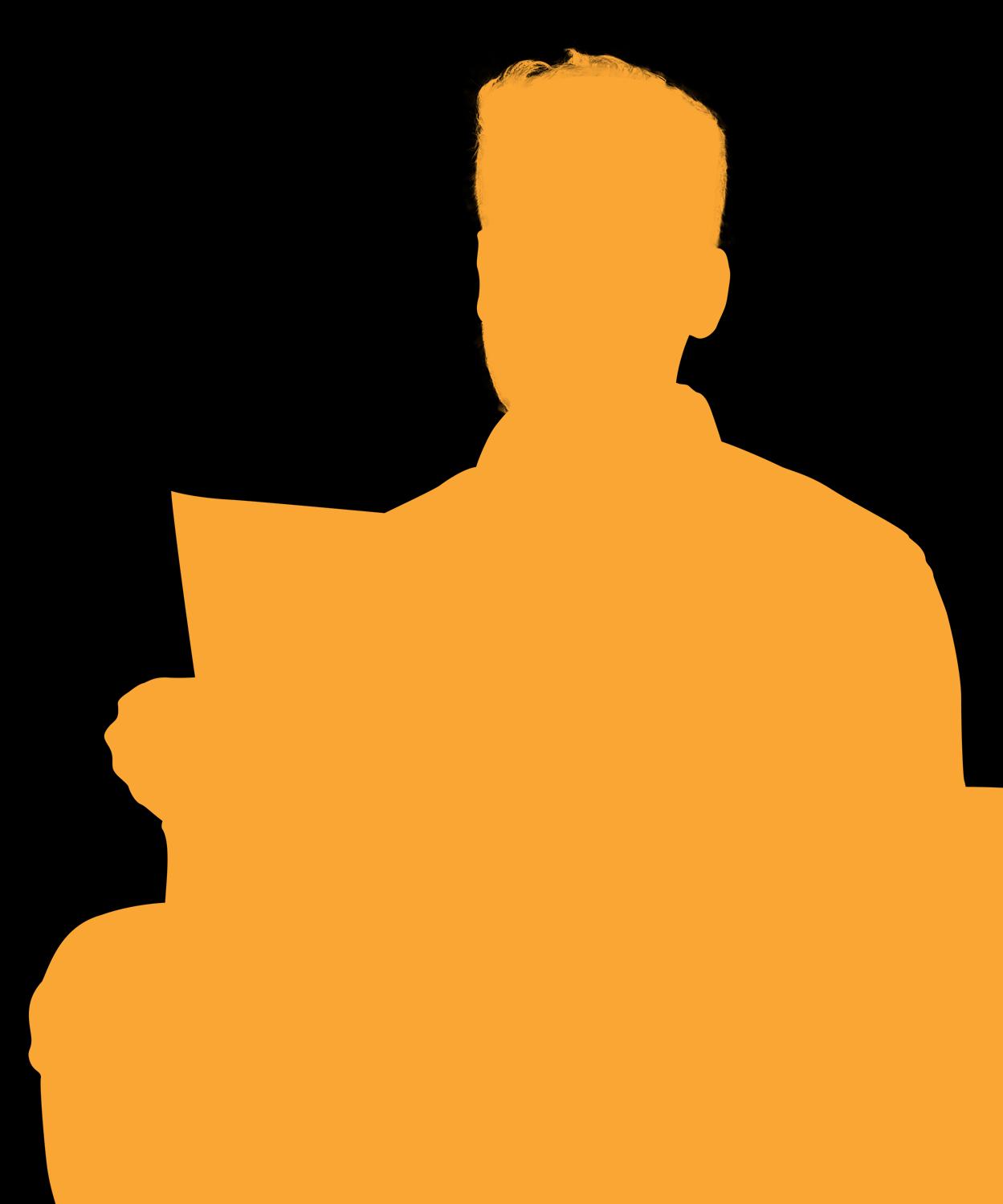

Do some research and decide which bank you would like to open an account with. Some things to remember are:
● Most offer promotions and $0 fee bank accounts for students
● Learn about the different features of the accounts (example: how many debit transactions are free)
● Apply online or go in person
● Provide your student Identification ID/information
● If you are under 18 a parent/guardian will need to open the account for/with you
● If you get a bank card, choose a personal identification number (PIN) that is personal to you, and do not give your card/PIN number to anyone



